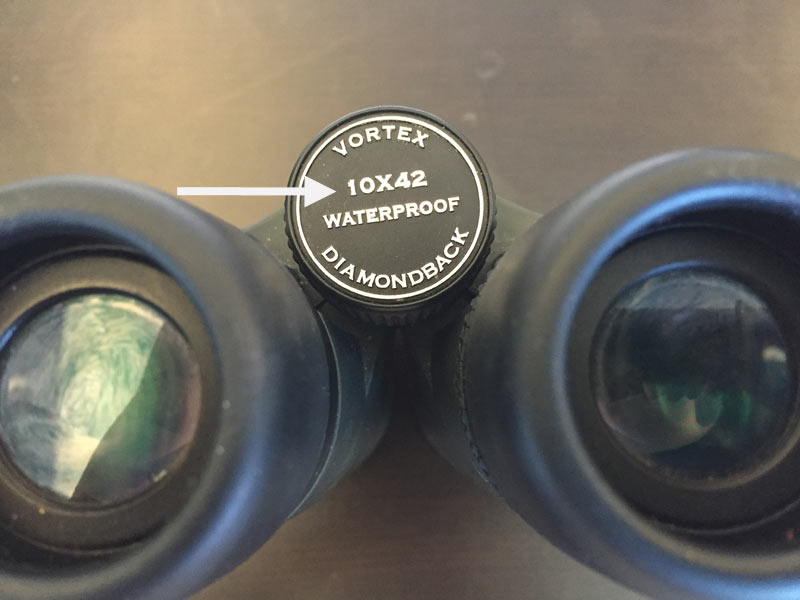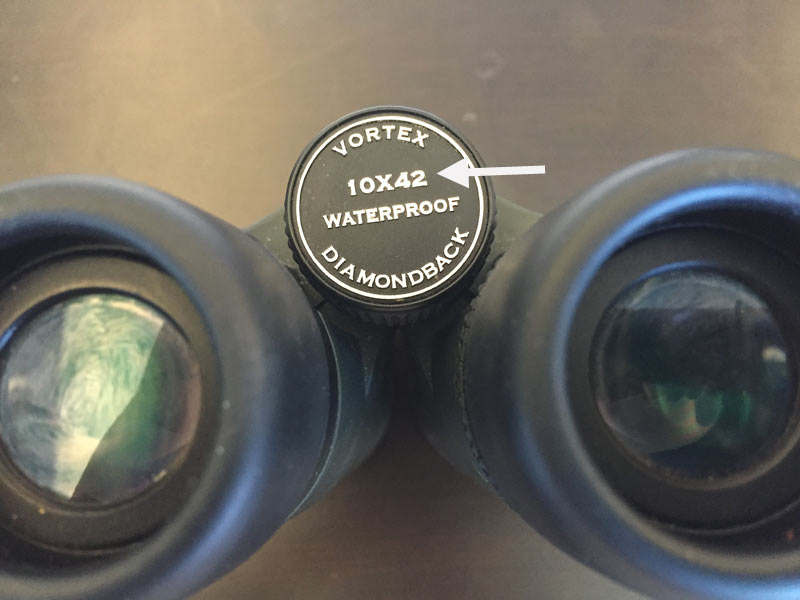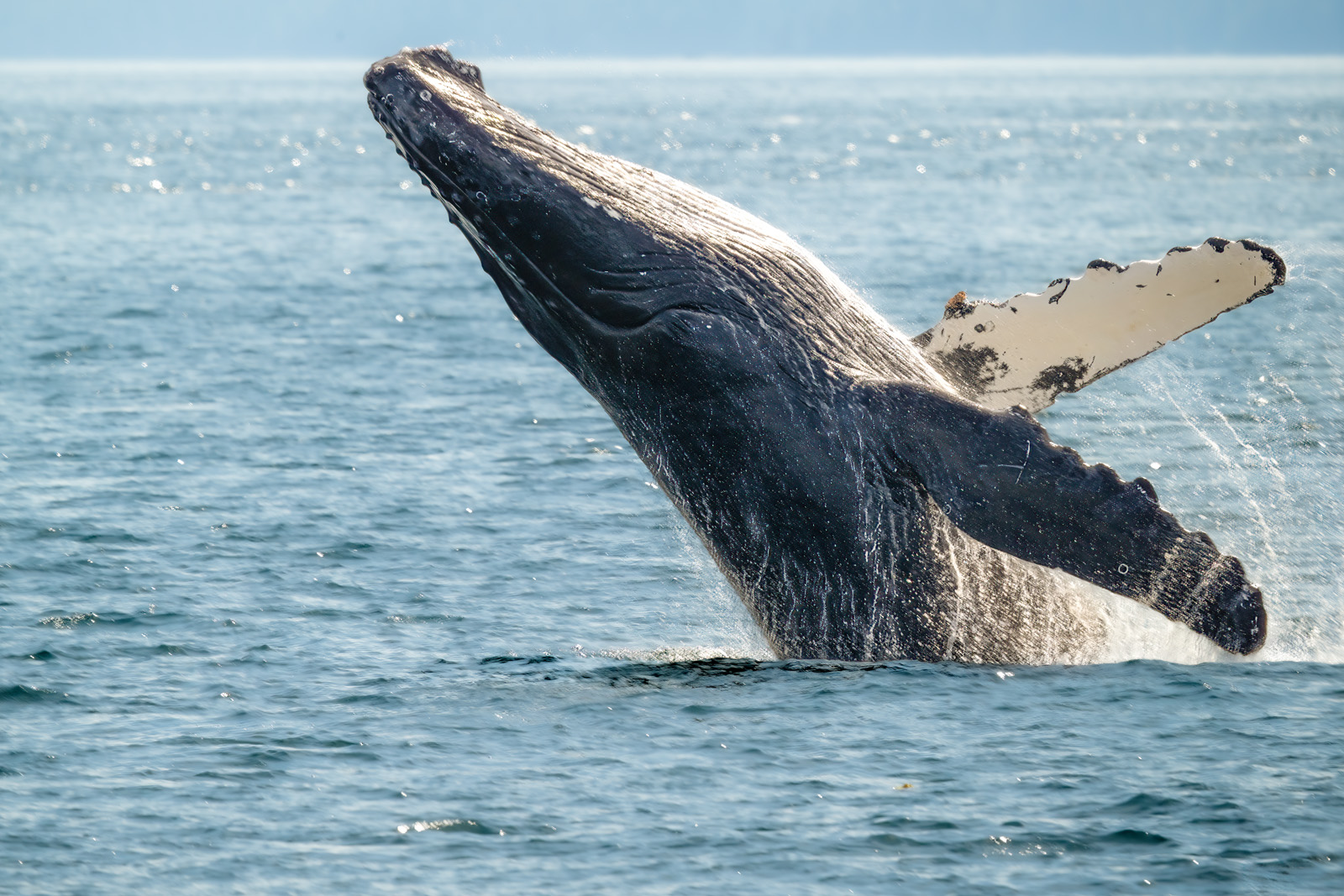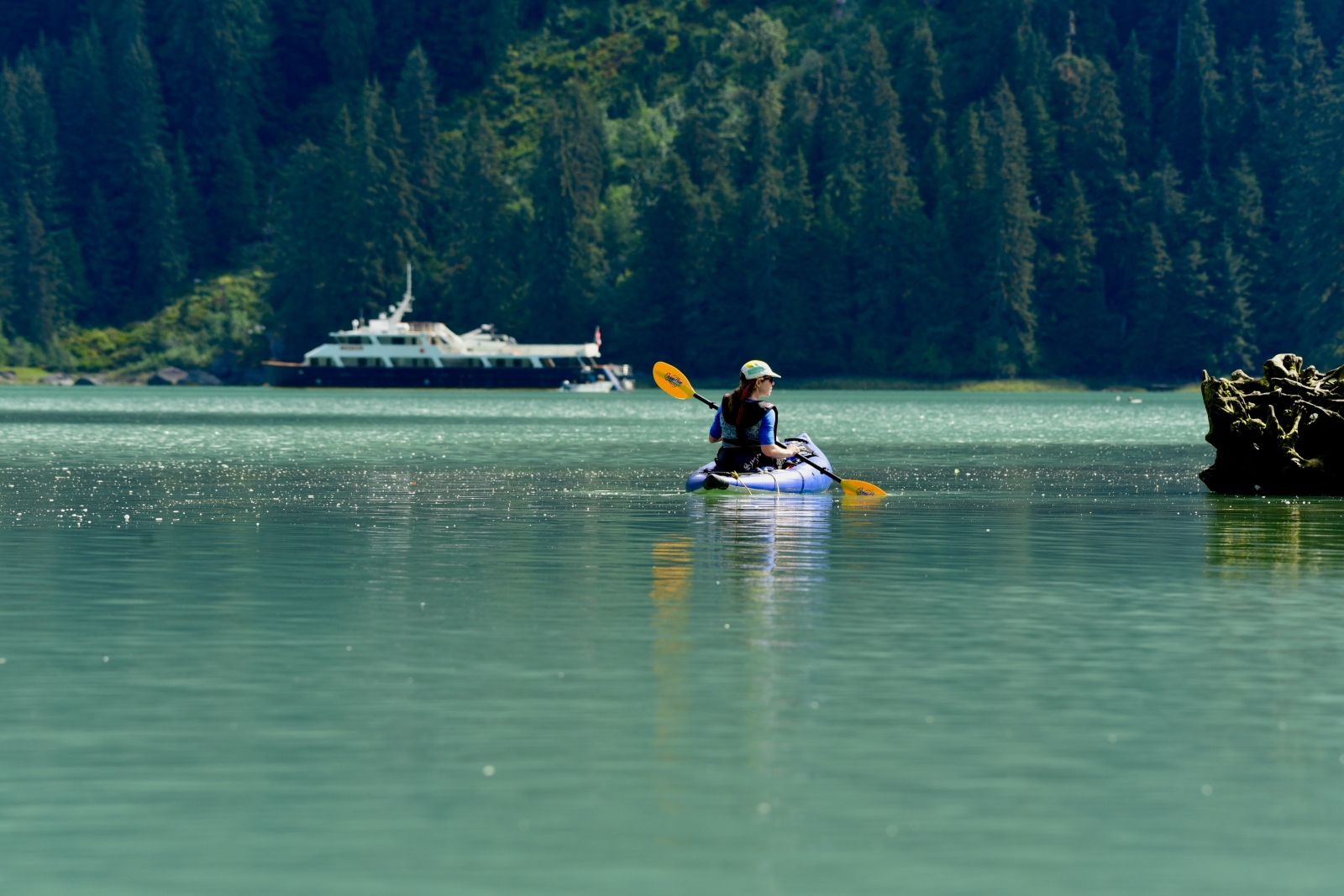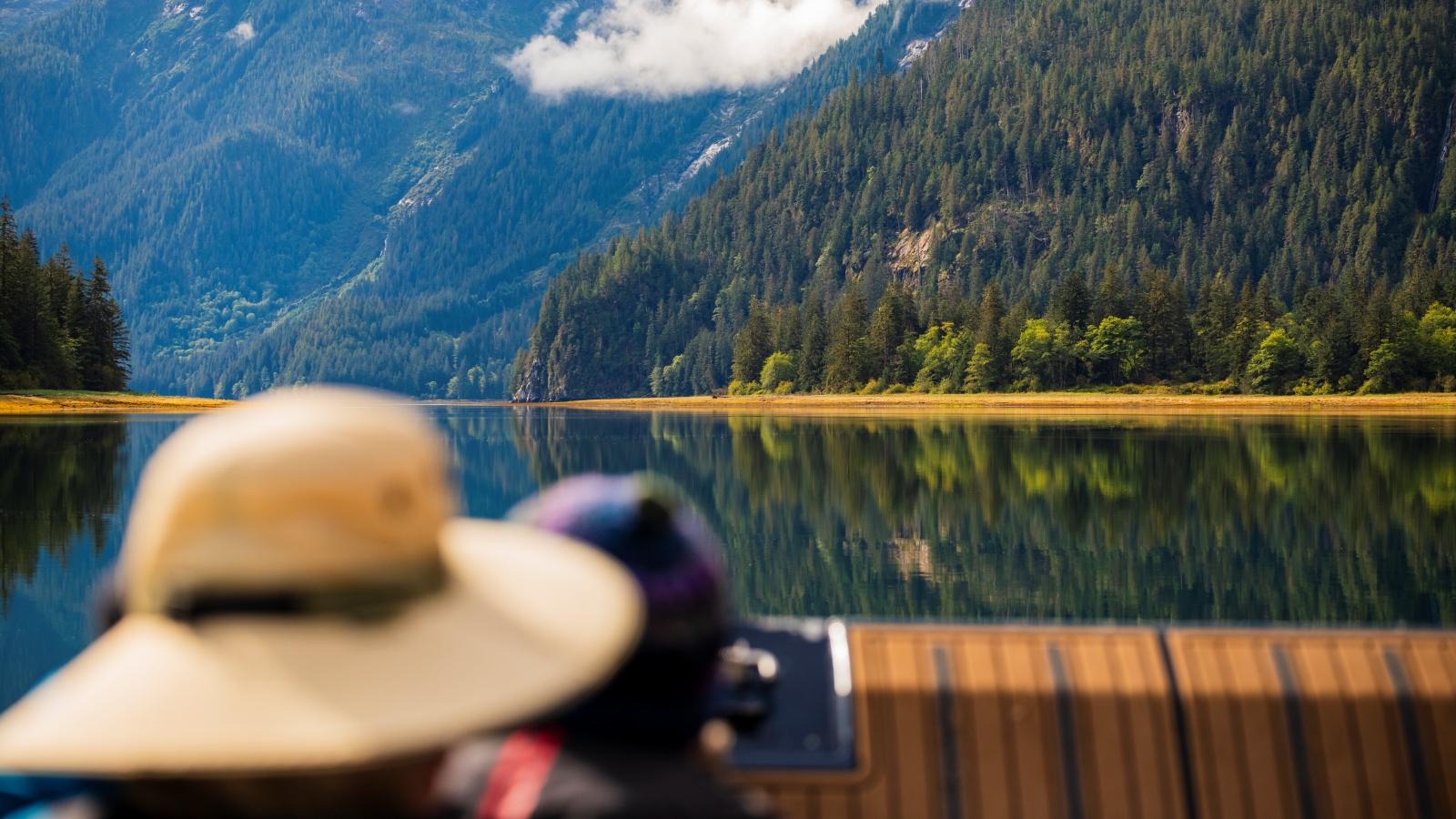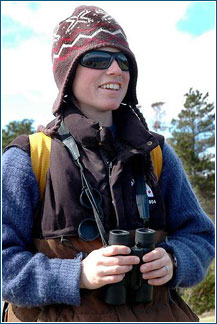
by Heidi Krajewsky
Warning! Wildlife spotting is addictive, especially once you have a good pair of binoculars.
In this article, Heidi Krajewsky, a naturalist and first mate on Maple Leaf Adventures’ boutique expedition cruises in Alaska and British Columbia, takes the mystery out of these great tools for you.
There is a large range of binoculars on the market and you usually get what you pay for, but a decent pair doesn’t necessarily require a huge budget. Here are the factors you need to look for.
How to choose Binoculars
1. You Don’t Need the Highest Power of Magnification
One of the common myths out there about binoculars is that a higher power of magnification is better. This is not true.
Binoculars don’t just magnify an image, they also magnify relative motion. So if you spend time on a moving boat, a higher power could make everything blurry — or, worse, using them could make you feel seasick!
To tell what power your binoculars have, just look at the first of two numbers that usually appear near the name.
2. 7x or 8x is Good
For example, my binoculars say 8X42, so everything I look at is magnified eight times.
The most common power is seven or eight and that’s usually enough. If you have a steady hand, you could likely get binoculars up to a ten power.
I do NOT recommend anything higher than ten power, unless you buy a pair with an internal image stabilizer. Stabilized binoculars usually cost more, don’t always produce good results, are heavier, and are just one more thing to remember to change the batteries in.
I’ve had to use them for wildlife surveys, when reading a number on a tiny flipper tag or bird band was necessary from a zodiac, but for most wildlife viewing they are actually more hassle than they’re worth.
3. Get a Good Ratio
The second number that appears on binoculars is also important. It tells you the width of the objective lens (this is the name of the glass at the end away from your eyes).
The size of the objective lens determines two things:
- the amount of light that enters to produce your image (more light means a sharper image)
- the field of view
As a general rule the ratio between those two numbers should be as big as possible.
For example, the ratio on my 8X42’s is 5.25 (42 ÷ 8 = 5.25).
Now, that small travel pair you think might be lovely because it fits in a breast pocket and doesn’t weigh down your luggage, could become frustrating. That’s because most travel binoculars are usually 8X21’s which has a ratio of only 2.625.
This reduces the field of view by half! And you end up nodding your head all over the place in order to find that whale, bear or bird you were trying to see up close.
4. Finally – How Do They Feel?
The most important thing is to try them before you buy them.
When you’re in the store pick them up and test them. Do they feel comfortable in your hands? Are they bulky, heavy and awkward? Does the focus run smoothly without moving your hands far? Can you find objects easily and focus on them?
Try focusing on an object not too far away, then something on the other side of the store. Go to the door of the store and focus on something on the other side of the street.
Easy Personal Adjustments – Eyecups and Diopter
Once you have decided on a pair, don’t throw away that instruction book! There are a couple of easy adjustments that will help you achieve a perfect view.
All binoculars should have adjustable eye-cups. This allows you to look through them whether you have glasses on or off.
If you wear corrective glasses, you don’t want to take them off to look through binoculars — keep your perfect vision! Instead, simply adjust the eye-cups so that they are shortened, and thus your eyes are closer to the lenses.
The second adjustment is the diopter, which is the dial on only one side of the binoculars — usually on the right side. This adjusts for any difference in strength between your left and right eye, so the binoculars can produce the best image for you. Turn it to see if the view gets better.
These technical details should be explained in the instructions. Alternatively, a good sales rep should be able to show you how.
Practice
The last thing that will help you gain skills with binoculars is practice. So get out there! Whether it’s on the deck of the SV Maple Leaf scanning for whales, or watching birds at the feeder in your backyard, the more you use them, the more comfortable your binoculars will feel.
—
Heidi Krajewsky is a biology researcher, naturalist, first mate and world adventurer. She has conducted years of field studies on sea birds and marine mammals using many kinds of binoculars. She has crewed Maple Leaf Adventures trips for over a decade. For more about Heidi, see her Crew Bio.
Editor’s note: Maple Leaf Adventures has a selection of good-quality, reasonably-priced binoculars that you can buy.

